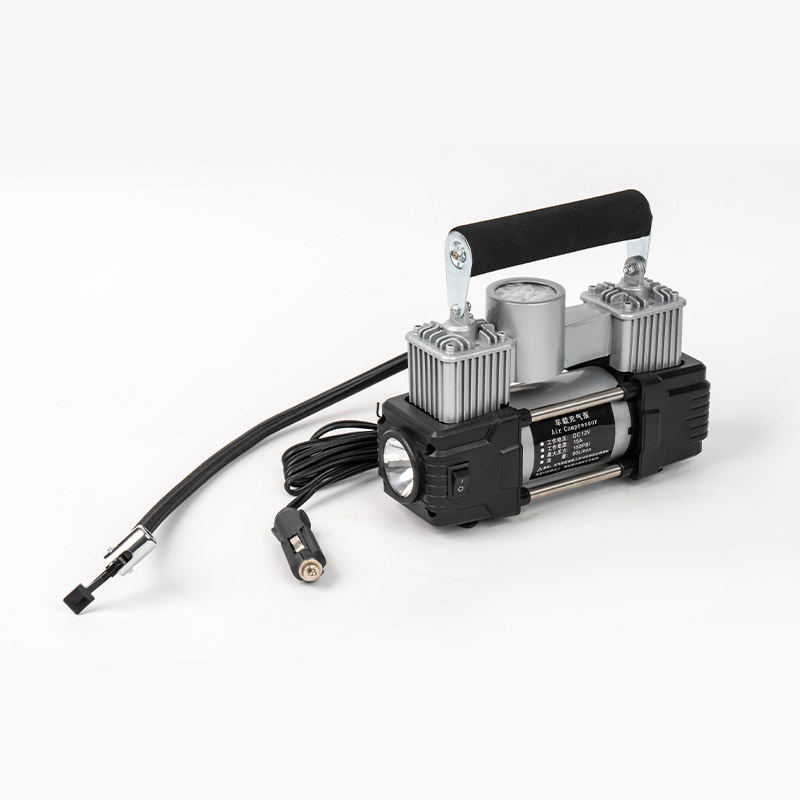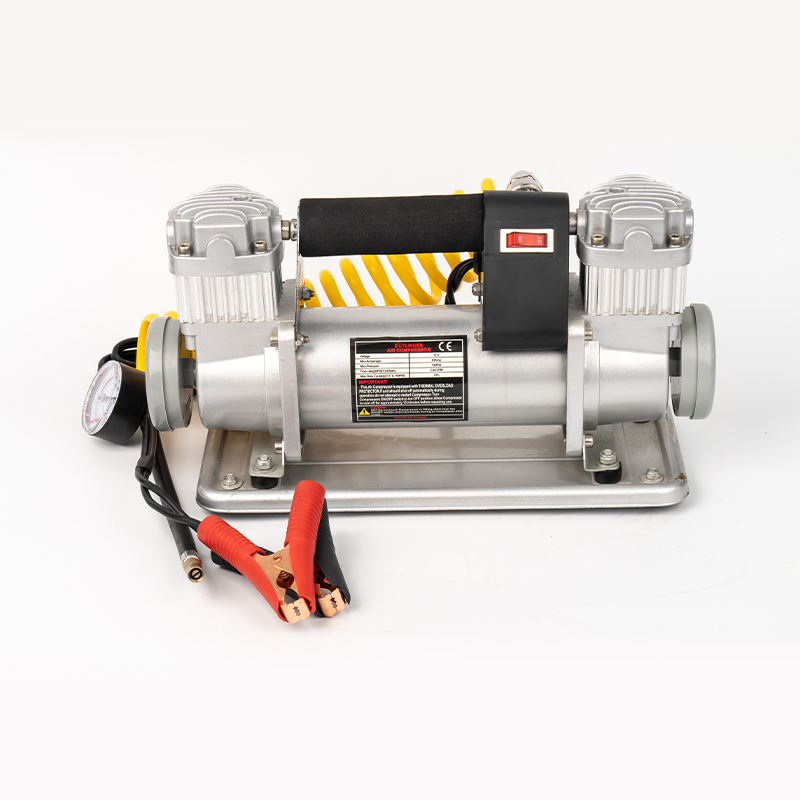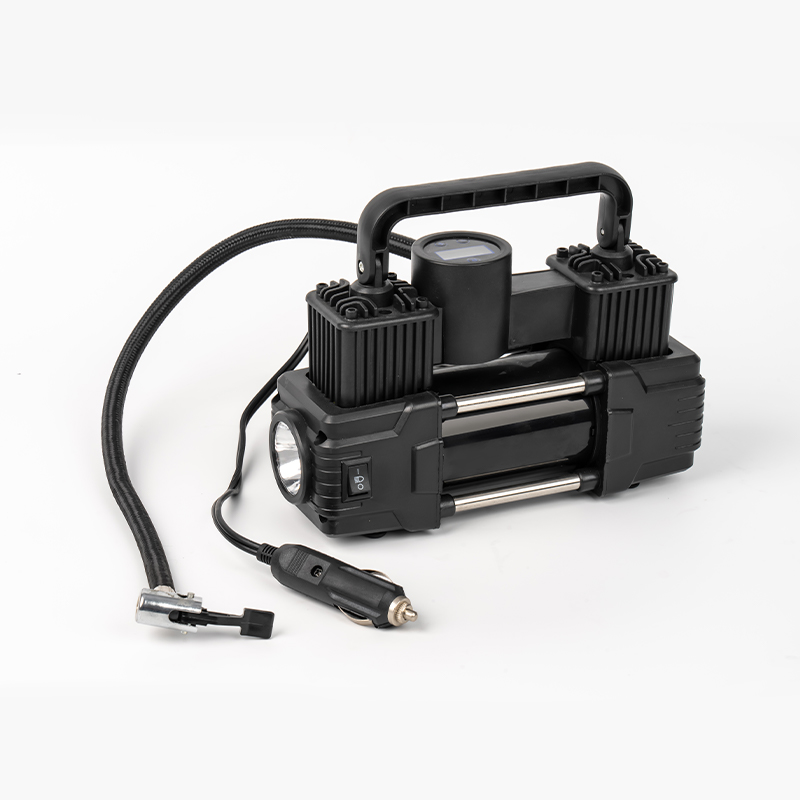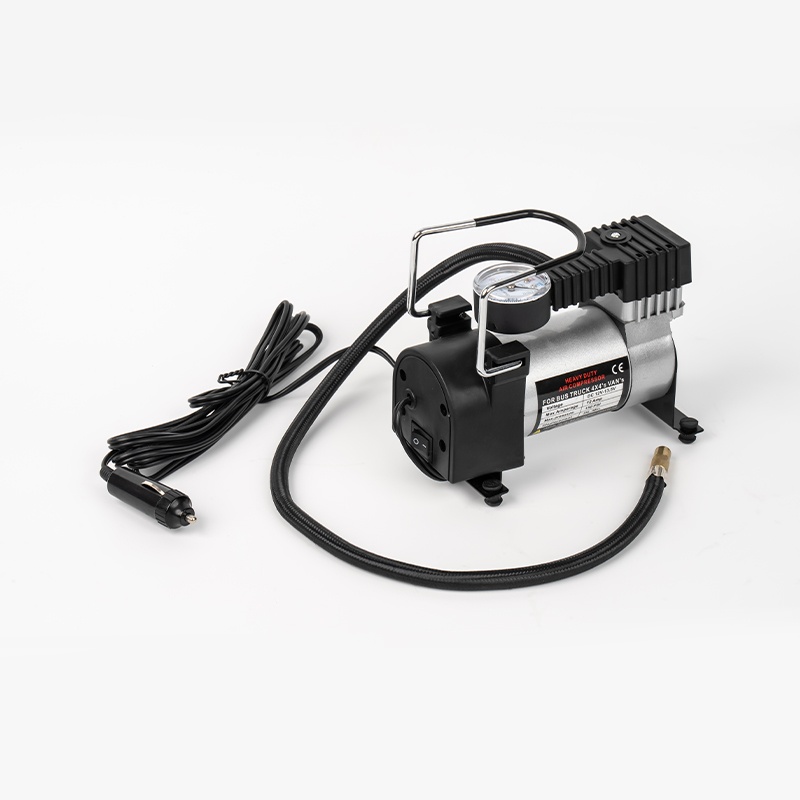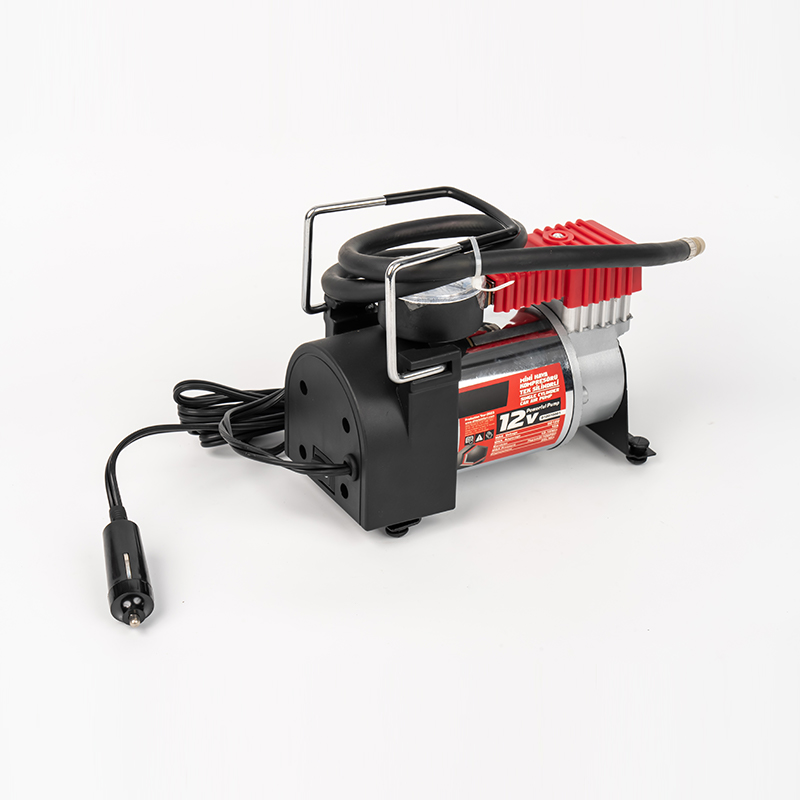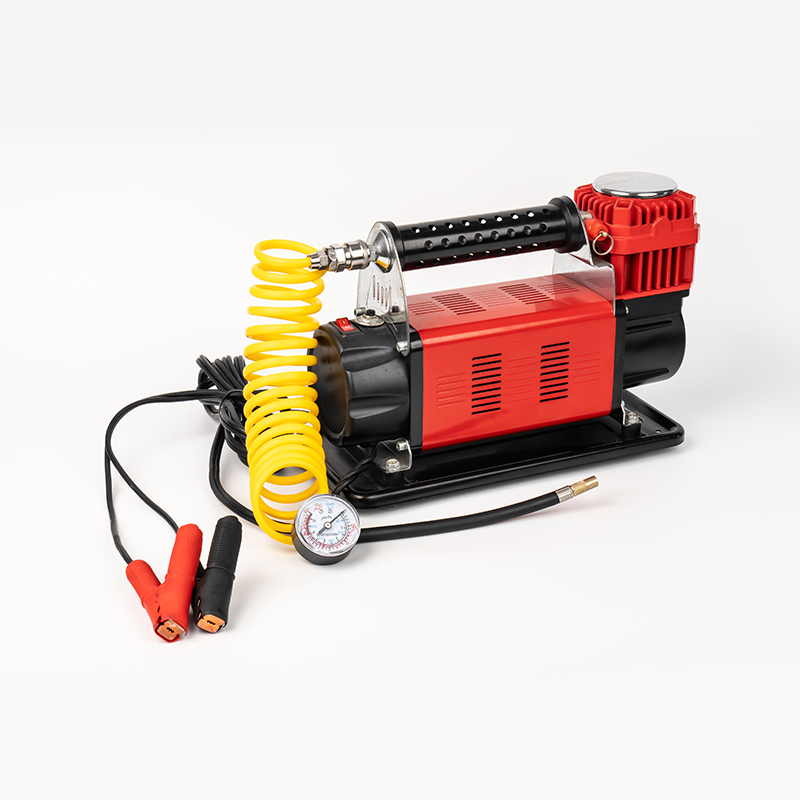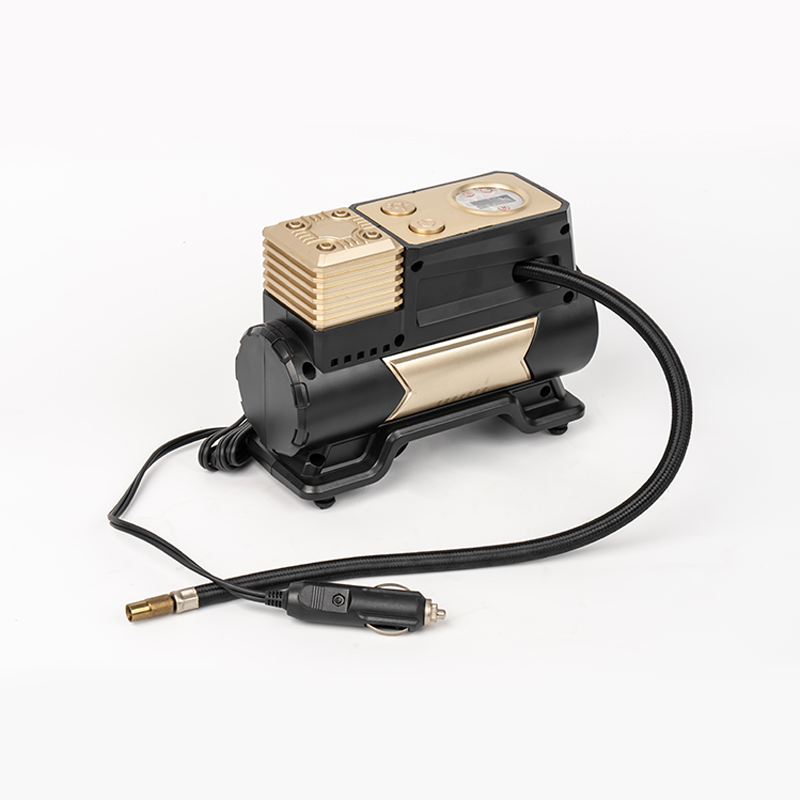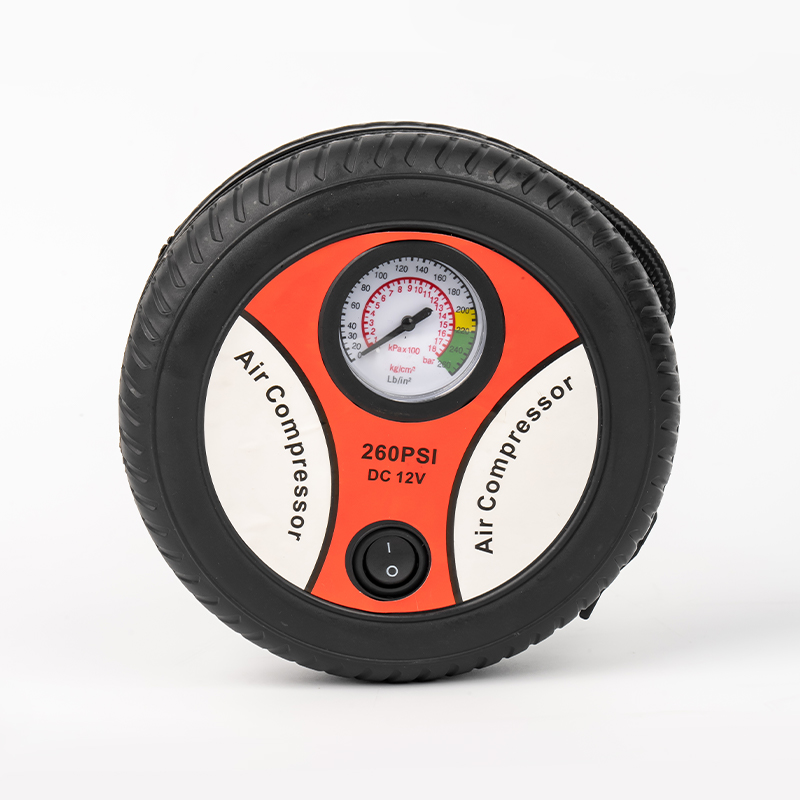As the temperature drops sharply, tire pressure management becomes a key link in winter driving safety. According to the National Highway Traffic Safety Administration (NHTSA), accidents caused by insufficient tire pressure increase by 27% in cold seasons.
1. Understand the physical impact of low temperature on tire pressure
According to the ideal gas law (PV=nRT), the tire will lose 1-2 PSI of air pressure for every 10°F (about 5.5°C) drop in temperature. The tire pressure reading in the early morning of winter is often 15%-20% lower than that at normal temperature, but this does not mean that it needs to be inflated immediately. Professional technicians recommend: The tire pressure must be measured when the tire is in a "cold state" (parked for more than 3 hours or driven less than 1 mile) to avoid misjudgment caused by thermal expansion and contraction.
2. Four-step rule for operating the Automotive Tire Inflator
Pre-inspection process
Before using the inflator, check the vehicle manual to confirm the standard tire pressure value (usually located on the door frame or inside the fuel tank cap). Also check the performance of the lithium battery of the inflator - low temperature will cause its capacity to decay by more than 30%. It is recommended to preheat the device for 10 minutes in an environment above 5°C.
Intelligent calibration
High-end Automotive Tire Inflators are equipped with automatic tire pressure compensation function (such as JACO ElitePro's Cold Mode). After starting the device, first increase the preset tire pressure value by 3-5 PSI. When the tire warms up to driving temperature, the air pressure will return to the normal range. Devices without this function need to calculate the compensation value manually.
Progressive inflation technology
Avoid one-time rapid inflation. The pulse mode of "inflate for 30 seconds + interval of 15 seconds" should be used to prevent structural damage to the rubber due to low temperature embrittlement. Using an inflator with a digital pressure sensor (such as DEWALT 20V Max) can accurately control the error of ±0.5 PSI.
Verification after inflation
After completing the operation, use a mechanical tire pressure gauge for secondary verification (electronic equipment may drift below -10°C). Focus on checking the sealing of the valve stem - low temperature will shrink the rubber gasket and cause slow leakage.
III. Response plan for special scenarios
Extremely cold environment (below -20°C): AC power-driven air pumps (such as VIAIR 85P) are preferred, as their metal cylinders are 5 times more cold-resistant than lithium battery models.
Snow tire inflation: Due to the increased hardness of the tread rubber, the inflation pressure needs to be increased by 5%-8% compared to the standard value.
Tire pressure monitoring system (TPMS) calibration: After inflation, drive at 40km/h for 3 minutes to activate the sensor to synchronize data.
IV. Equipment maintenance rules recommended by experts
Use silicone-based lubricants to maintain the air pump seals every month to prevent cracking at low temperatures
Drain the water in the hose during storage (ice will block the pipeline)
Use industrial-grade models with wide-temperature lubricants (such as Mobil 1 SHC 75W-140), and the applicable temperature can be extended to -40°C.

 English
English Español
Español عربى
عربى Türk
Türk
